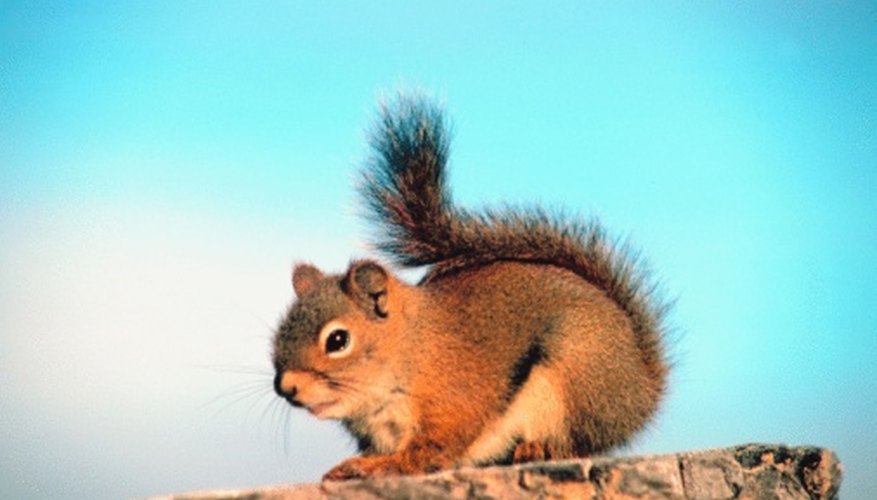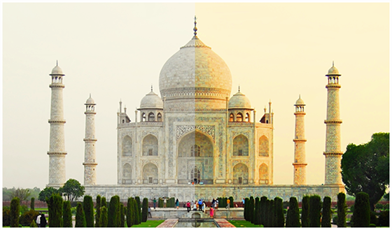Biodiversity
What is biodiversity?
- Biodiversity is the variability among living organisms from all sources, including terrestrial, marine, and other aquatic ecosystems and the ecological complexes of which they are part; this includes diversity within species, between species, and of ecosystems.
- Biodiversity forms the foundation of the vast array of ecosystem servicesthat critically contribute to human well-being.
- Biodiversity is important in human-managed as well as natural ecosystems.
- Decisions humans make that influence biodiversity affect the well-being of themselves and others.

The United Nations designated 2011–2020 as the United Nations Decade on Biodiversity. In biodiversity, each species, no matter how big or small has an important role to play in ecosystem. Various plant and animal species depend on each other for what each offers and these diverse species ensures natural sustainability for all life forms. A healthy and solid biodiversity can recover itself from variety of disasters.
Biodiversity has three types:
- Genetic diversity,
- Eco system diversity and
- Species diversity
Genetic Diversity
It is basically the variety of species expressed at the genetic level by each individual in a species. No two individuals belonging to the same species are exactly similar. For example, in the species of human beings, each human shows a lot of diversity in comparison to another human. People living in different regions show a great level of variation.
Species Diversity
It is the biodiversity observed within a community. It stands for the number and distribution of species. The number of species in a region varies widely depending upon the varied environmental conditions. For example, it is usually observed that civilizations residing beside water bodies show more species than the one compared to the areas away from water bodies.
Ecological diversity
It defines the diversity observed among the ecosystems in a particular region. Different ecosystems like mangroves, rainforests, deserts, etc., show a great variety of life forms residing in them.

Recently a new aspect has also been added- ‘molecular diversity’.
Biodiversity is unevenly distributed. It varies globally and within regions. The various factors that influence biodiversity include -temperature, altitude, precipitation, soils and their relation with other species. For instance, ocean biodiversity is 25 times lesser than terrestrial diversity. Biodiversity also increases its form as it moves from the poles towards the tropics.
Biodiversity is the result of 3.5 billion years of evolution. It has been subject to periods of extinction. The latest and most destructive stage of extinction is Holocene extinction, which has occurred due to the impact of human beings on the environment.
Why is Biodiversity Important?
Biodiversity has a number of functions on the Earth. These are as follows:
- Maintaining balance of the ecosystem: Recycling and storage of nutrients, combating pollution, and stabilizing climate, protecting water resources, forming and protecting soil and maintaining ecobalance.
- Provision of biological resources: Provision of medicines and pharmaceuticals, food for the human population and animals, ornamental plants, wood products, breeding stock and diversity of species, ecosystems and genes.
- Social benefits: Recreation and tourism, cultural value and education and research.
The role of biodiversity in the following areas will help make clear the importance of biodiversity in human life:
- Biodiversity and food: 80% of human food supply comes from 20 kinds of plants. But humans use 40,000 species for food, clothing and shelter. Biodiversity provides for variety of foods for the planet.
- Biodiversity and human health: The shortage of drinking water is expected to create a major global crisis. Biodiversity also plays an important role in drug discovery and medicinal resources. Medicines from nature account for usage by 80% of the world’s population.
- Biodiversity and industry: Biological sources provide many industrial materials. These include fiber, oil, dyes, rubber, water, timber, paper and food.
- Biodiversity and culture: Biodiversity enhances recreational activities like bird watching, fishing, trekking etc. It inspires musicians and artists.
Reason for Loss of Biodiversity
The earth’s biodiversity is in grave danger. In the present era, human beings are the most dangerous cause of destruction of the earth’s biodiversity. In 2006, the terms threatened, endangered or rare were used to describe the status of many species. The “evil quartet” identified by Jared Diamond is overkill, habitat destruction, secondary extinctions and introduced species. Factors identified by Edward Wilson are described by the acronym- HIPPO standing for habitat destruction, climate change, invasive species, pollution, human overpopulation and over-harvesting.










